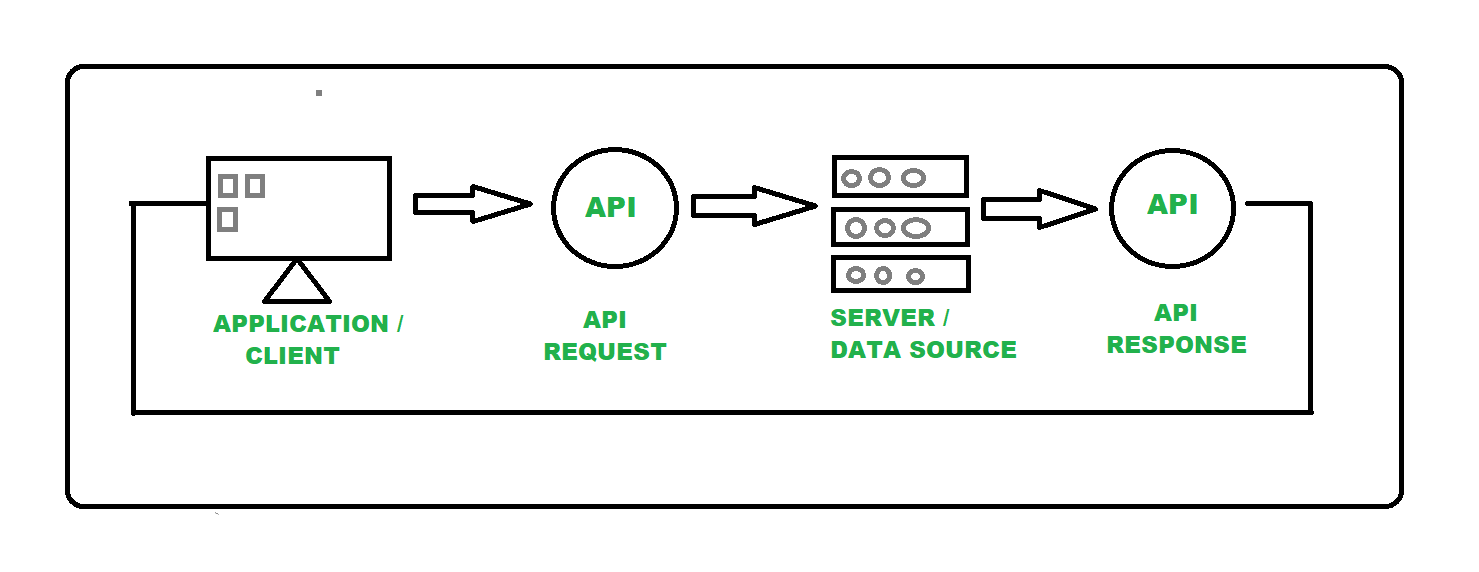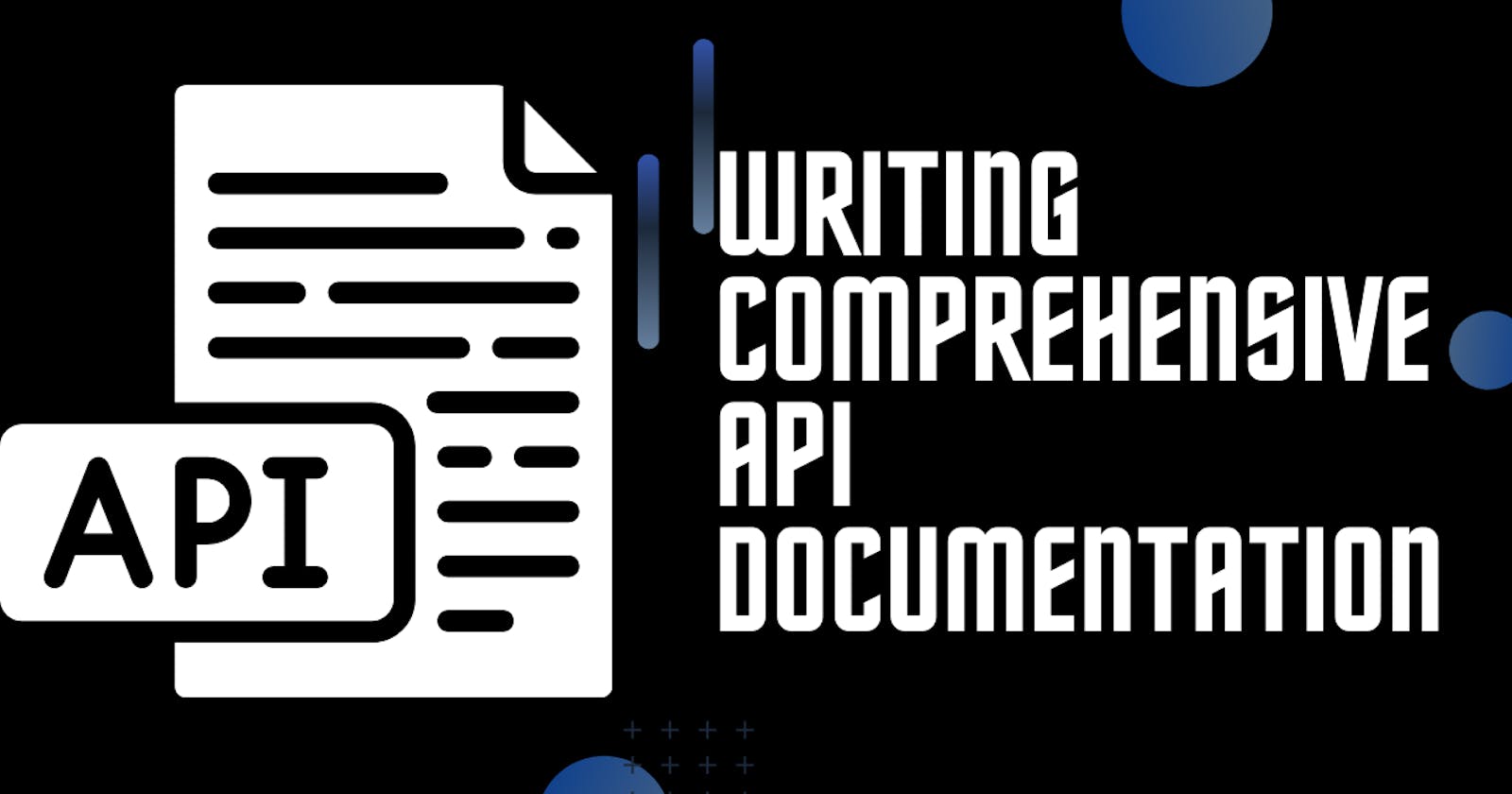Table of contents
API stands for Application Programming Interface.
An API (Application Programming Interface) simply allows two or more computer programs or systems to interact.

On the other hand, we have API documentation. This is a written guide meant to explain the functions of the API, its use cases and how it can be integrated into a program
This document plays several crucial roles including
Saving time and resources - Allows developers to quickly find the information they need without having to rely on contacting the development team.
Facilitates Integration - It provides developers with a clear and structured guide on how to integrate their applications with your API
Enhances security - The document often includes some information about best practices and authentication mechanisms.
Versioning - API Documentation indicates changes, updates and deprecations.
Supports Collaboration - A well-written API documentation aids teams in coordinating their efforts.
With the above perks that a well-written API Documentation comes with, let's dive into how you can write this.
Step 1: Understanding Your Audience
Define Your Target Audience
It is crucial to understand the audience for whom the documentation is written.

Your target audience can be:
Developers:
API Documentation's core audience seeks in-depth technical details, code snippets, and examples of how the API functions. Ensure accommodating novices and experts.
Tailor your content to accommodate:
a) Beginners
- Provide Step-by-Step Guides: Provide clear, follow-along tutorials for beginners, offering a gentle introduction to the API. Use plain language and avoid unnecessary technical confusion.
b) Intermediate
Detailed Documentation: Offer detailed documentation for users with a moderate level of experience. Include advanced features, best practices, and optimisation tips to cater to their evolving needs.
Troubleshooting Resources: Equip intermediate users with troubleshooting resources, addressing common challenges they may encounter during implementation.
c) Advanced Developers
- It is important to provide detailed technical references, including API endpoints, request/response formats, and authentication mechanisms. Advanced developers often require this information to fine-tune their integrations.
Step 2: Planning Your API Documentation
To ensure that your API documentation is comprehensive and easy to follow, it should be structured according to the following outline:
Introduction: Overview of the API and its purpose.
Getting Started: Quick start guide for beginners.
Authentication: How to authenticate and obtain API keys.
Endpoints: Detailed information on each API endpoint.
Code Examples: Practical examples in different programming languages.
Error Handling: Explanation of possible error responses.
Best Practices: Tips for optimal API usage.
Frequently Asked Questions (FAQs).
Step 3: Writing Style and Tone
The API Documentation should embrace clarity and simplicity:
Use clear and concise language.
Break down complex concepts into digestible parts.
Consistency:
- Use the same terminology for similar concepts.
Active Voice:
Write in the active voice for direct and engaging content.
Example: "The API processes the request" instead of "The request is processed by the API."
Step 4: Documenting Endpoints

In this section, you should include input parameters, expected output, and potential errors.
You must provide code examples for different programming languages and use syntax highlighting for clarity.
Additionally, provide examples of successful and error scenarios and relevant HTTP status codes. e.g. (200 Ok, 500 internal server error, 403 unauthorized etc.)
Step 5: Testing and Validation

Testing Environment:
Guide users on setting up a testing environment.
Emphasize the importance of testing before production use.
Validation Steps:
Provide steps to validate successful integration.
Include troubleshooting tips for common issues.
Step 6: Keeping Documentation Updated
Versioning:
Explain the importance of versioning.
Indicate the version of the API in the documentation.
Change Logs:
Maintain a changelog to keep users informed of updates.
Highlight major changes and deprecations.
Step 7: Gathering Feedback
Consider, the following:
a) Feedback Channels:
- Provide users with various feedback options such as forums, email, or feedback forms, to gather valuable insights and improve your product or service.
b) Iterative Improvement:
Emphasise the iterative nature of documentation.
Explain how user feedback drives continuous improvement.
Additional tips
Use visuals like diagrams or flowcharts to enhance understanding.
Provide a glossary for technical terms.
Offer a downloadable version (PDF) for offline access.
Consider using documentation tools like Swagger, Apiary, or OpenAPI.
Resources
The following resources will be of great help:
API Documentation and Why It Matters - Youtube
How To Write API Documentation Like a Pro - This article offers a comprehensive guide to crafting user-friendly API documentation covering essential principles and best practices.
API Documentation: How to Write, Examples & Best Practices - Postman Article
Conclusion
API documentation is not just a mere formality, but an essential part of a thriving software ecosystem. It serves as a link between developers and the features offered by your software, thereby influencing the user interface and the triumph of your API in the developer community.
Reach Us
Follow us and subscribe to these platforms: Linkedin, X(Twitter), Slack, YouTube and Hashnode.

